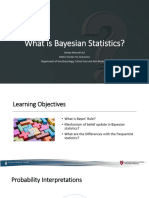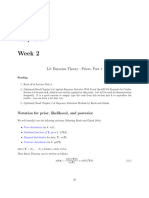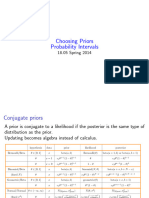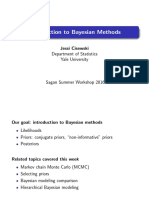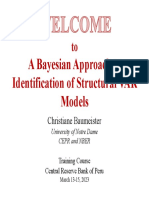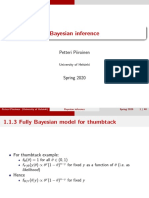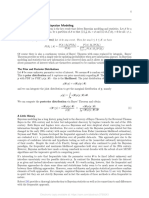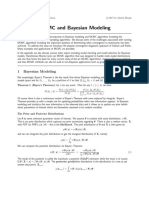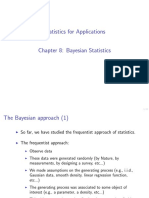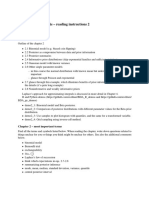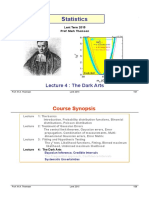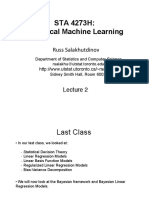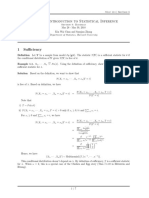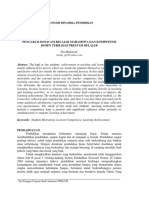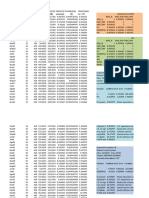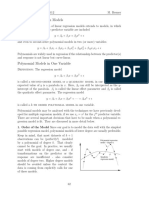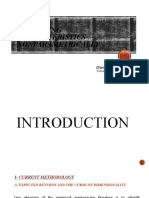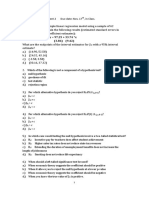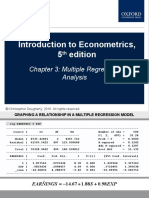0% found this document useful (0 votes)
2K views27 pagesA Marginalisation Paradox Example
This document summarizes a marginalization paradox example involving Bayesian inference on a tuberculosis transmission model. It shows that using an improper prior that is not well-defined can lead to inconsistencies between the prior and posterior marginal distributions. Specifically, the data contains no information about an absolute rate parameter θ, so its posterior should match the prior, but due to the improper prior this is not the case. The paradox arises from attempting to marginalize over an improper prior distribution.
Uploaded by
dpra23Copyright
© Attribution Non-Commercial (BY-NC)
We take content rights seriously. If you suspect this is your content, claim it here.
Available Formats
Download as PDF, TXT or read online on Scribd
0% found this document useful (0 votes)
2K views27 pagesA Marginalisation Paradox Example
This document summarizes a marginalization paradox example involving Bayesian inference on a tuberculosis transmission model. It shows that using an improper prior that is not well-defined can lead to inconsistencies between the prior and posterior marginal distributions. Specifically, the data contains no information about an absolute rate parameter θ, so its posterior should match the prior, but due to the improper prior this is not the case. The paradox arises from attempting to marginalize over an improper prior distribution.
Uploaded by
dpra23Copyright
© Attribution Non-Commercial (BY-NC)
We take content rights seriously. If you suspect this is your content, claim it here.
Available Formats
Download as PDF, TXT or read online on Scribd
/ 27


